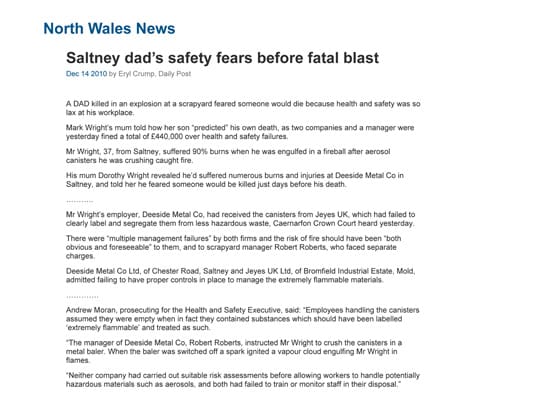A busy mum, two little kids playing on the carpet in the corridor. She is busy pulling out an old gas heater from the cavity in the wall. Dust everywhere. She wants to recreate the old fashioned open fireplace that was there. The job will take a few days, she’s not in a hurry. Then the neighbour asks her gently, “Have you checked, we had asbestos behind our fireplace?” Mum’s blood goes cold. She looks at the kids.
![iStock_000002335978Small[1] asbestos](http://safetyatworkblog.files.wordpress.com/2012/06/istock_000002335978small1-asbestos.jpg?w=198) ‘Who in their right mind would buy asbestos?’ you may ask. After all the publicity, the growing numbers of tragic mesothelioma sufferers in Australia, the lung cancers, the famous court cases, the Hardies’ debacle.
‘Who in their right mind would buy asbestos?’ you may ask. After all the publicity, the growing numbers of tragic mesothelioma sufferers in Australia, the lung cancers, the famous court cases, the Hardies’ debacle.
There are three main ways you can still buy asbestos in Australia. First, a small number of components used in industry and the defence forces still contain asbestos in sealed conditions. For example, a shock absorber in the front wheel assembly of an aeroplane may contain an asbestos gasket. Certain specialised gaskets used in segments of the chemical industry may contain asbestos. The risk to workers and the general public is very small.
Then you can buy asbestos when you purchase gravel made from crushed masonry from demolished buildings that contained asbestos. Some 10 million tonnes of such bricks and concrete are recycled every year in Australia. Continue reading “Who would buy asbestos?”



